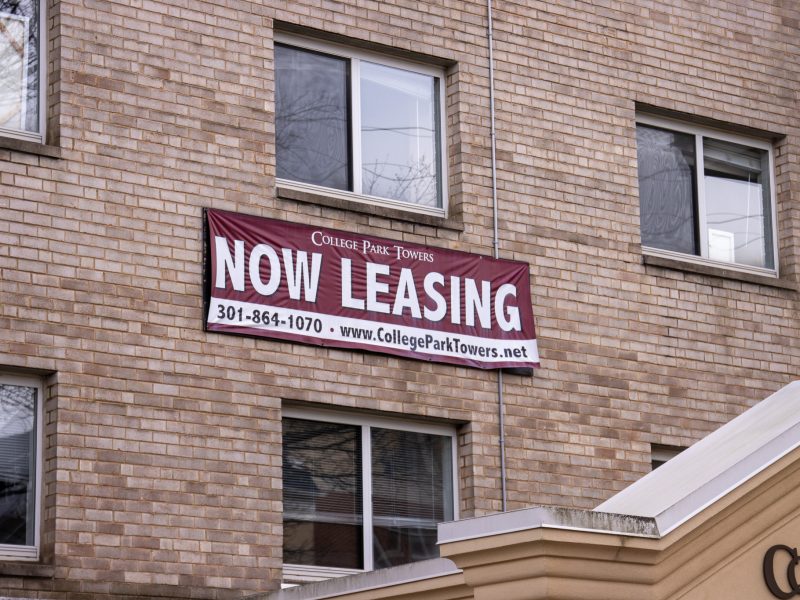The D.C. Metro system has completed the first of 15 surges of its SafeTrack initiative, which consists of a series of track maintenance improvements from June 2016 to March 2017.
The first stage focused on the Orange and Silver lines between Ballston and East Falls Church. The College Park Metro Station and Green Line won’t be affected until Nov. 12.
The Metro is due for its repairs, said Mark Franz, the assistant director of outreach and technology transfer at the University of Maryland’s National Transportation Center.
“A lot of it is obviously in response to some ongoing safety problems in the metro in recent years,” Franz said. “It’s just our response to make the entire track safer, but also in doing so, it makes it more efficient.”
This metro system ranks as the second-largest public transportation system in the country by ridership, and its well-documented delays, frequent derailments and maintenance problems in recent years have inspired sharp criticism on Twitter accounts such as @IsMetroOnFire and @unsuckdcmetro. FiveThirtyEight even launched an investigation into “How Often D.C.’s Metro Catches On Fire” earlier this year.
Among the most notable incidents in recent memory: In August, a train derailed during rush hour and closed parts of three lines; in January 2015, one person died and 84 people were taken to the hospital after a Yellow Line train filled with smoke from an electrical incident; and in June 2009, two Red Line trains collided, killing nine people and injuring more than 70 others.
Metro’s problems stem from the fact that some of their tracks have been in use for 40 years, which has started to affect passenger safety, Franz said. After the 2015 smoke incident, federal authorities assumed supervision of the Metro’s safety concerns in October and the rail system became the first in the U.S. with that designation, The Washington Post reported.
As work continues on different track sections, Metro trains will either use one track (instead of two) or shut down all service in that area.
These repairs will amount to some but not significant passenger delays, said Chenfeng Xiong, a research scientist for the National Transportation Center. To estimate these delays, the NTC conducted surveys and model analysis.
“Of course there will be delays and more crowded cars in the metro system,” Xiong said.
The Post’s Dr. Gridlock reported Tuesday that many riders are heading to the Green and Yellow lines. The College Park and Greenbelt stations have seen 20 percent and 34 percent increases in ridership, respectively, the Post reported.
The NTC model analysis showed travel time would increase by about 0.2 percent on average, which Xiong said is not a significant impact.
“It’s not going to influence people’s travel time a lot,” he said.
Despite this, the NTC aims to help commuters adjust their schedules for potential delays by keeping them informed about SafeTrack projects, Franz said.
“Typically, people are better at handling shutdowns when they’re notified about it in advance,” Franz said. “It’s not as frustrating.”
And after asking passengers, the NTC found more than 96 percent of surveyed users felt they were sufficiently informed about SafeTrack delays. The majority of respondents reported they would continue to use the Metro, despite delays, but about half of those people said they would leave earlier to compensate for expected delays.
Senior communication major Allegra Balmadier, who commutes to Washington three times a week, said this project was not as publicized or as clear as it should have been.
“The only reason that I know anything about SafeTrack, to be honest, is because I was forced [by professors] to read The Washington Post,” Balmadier said.
Brittany Cheng contributed to this report.


